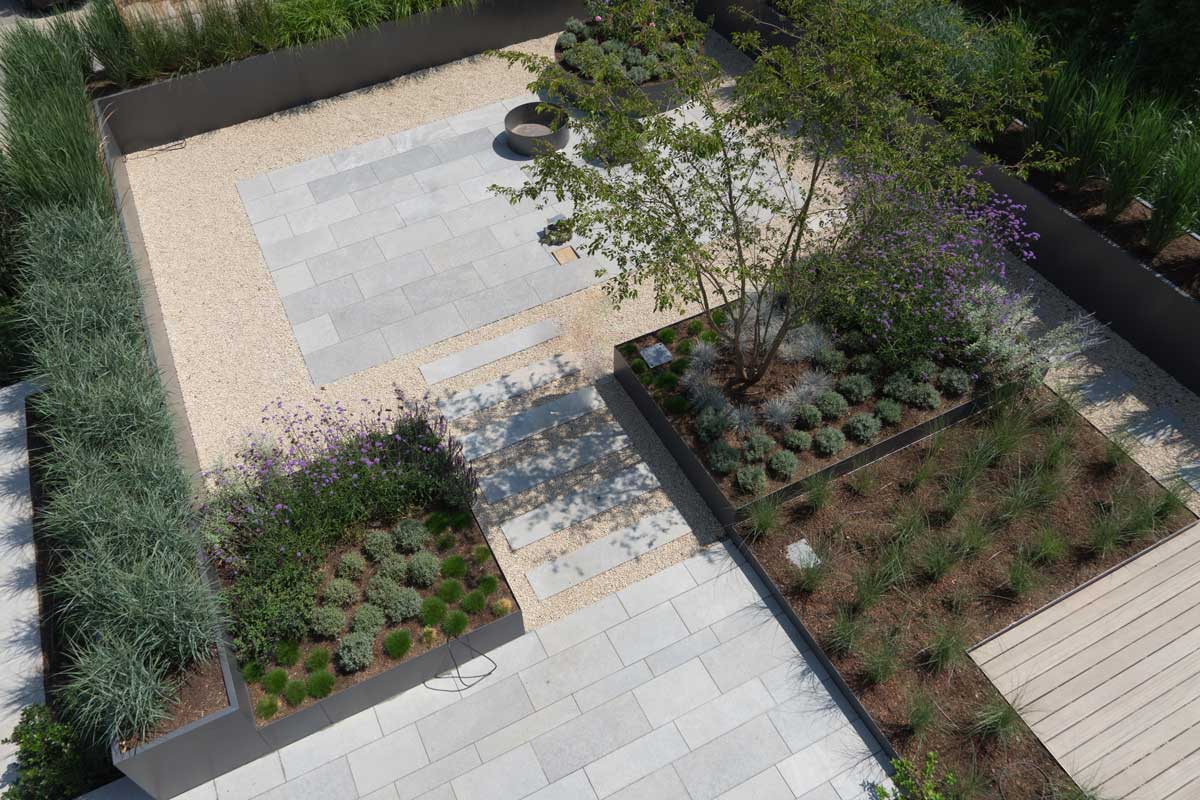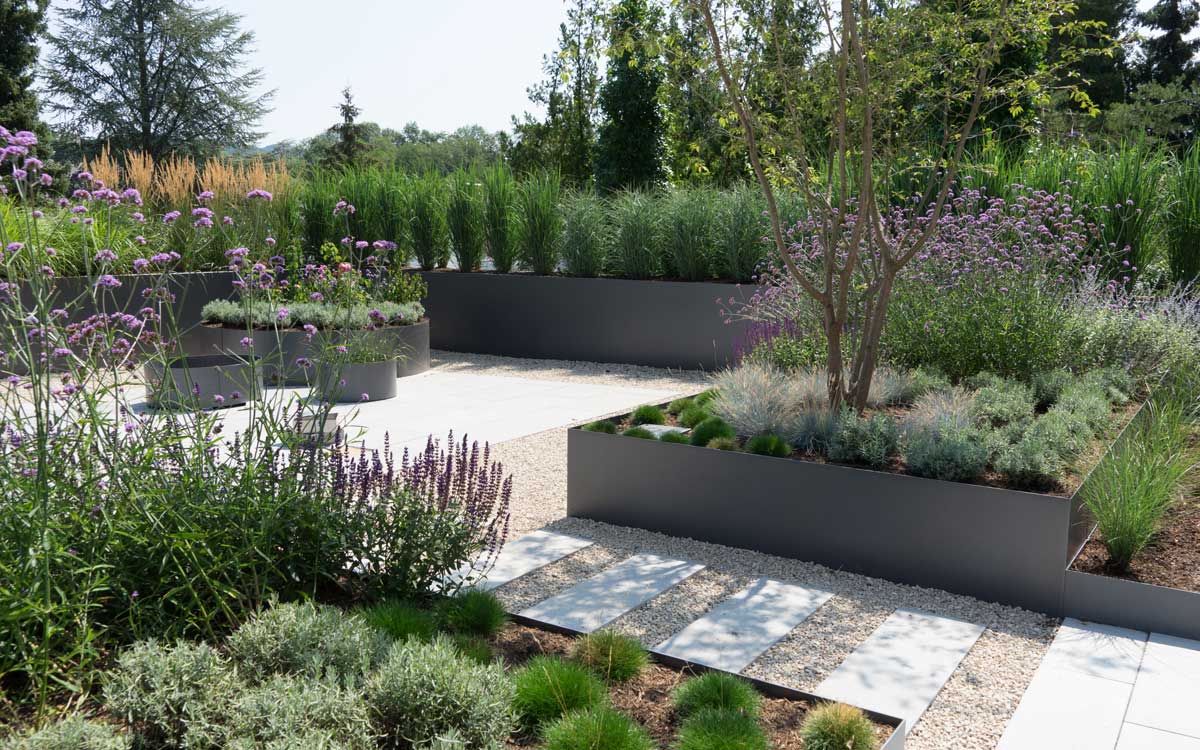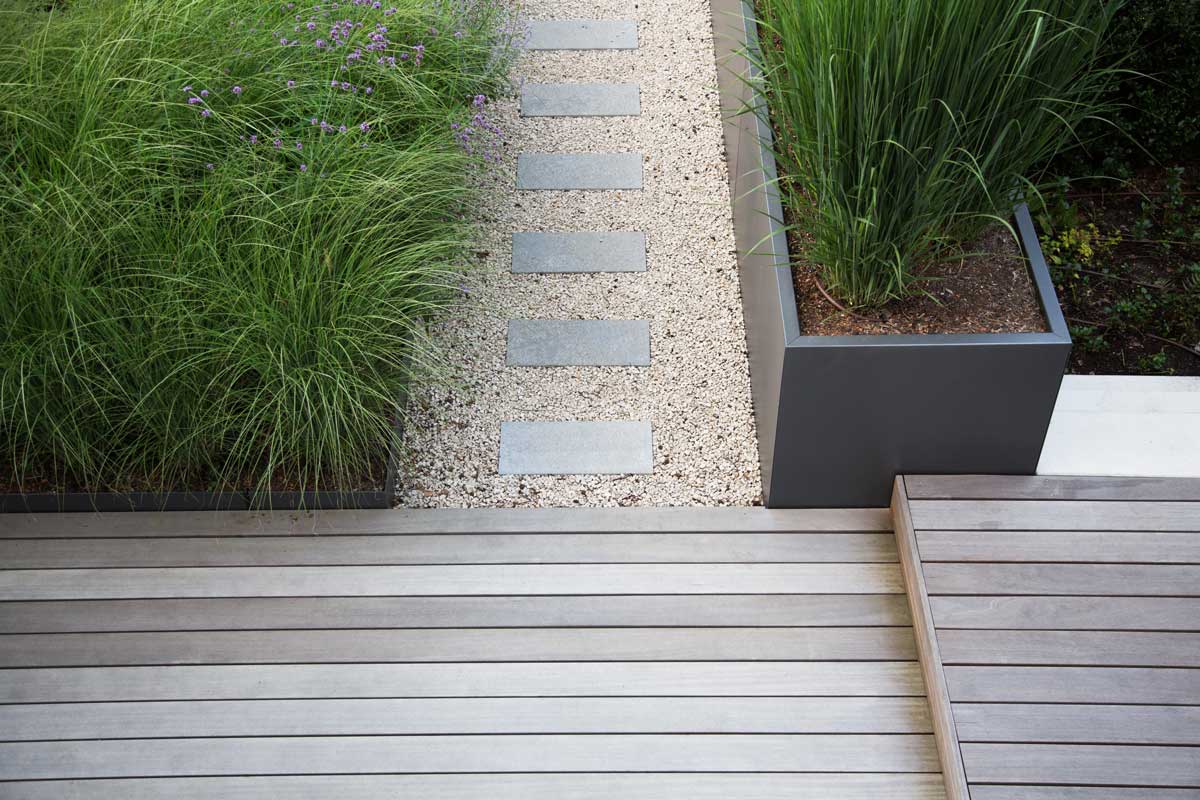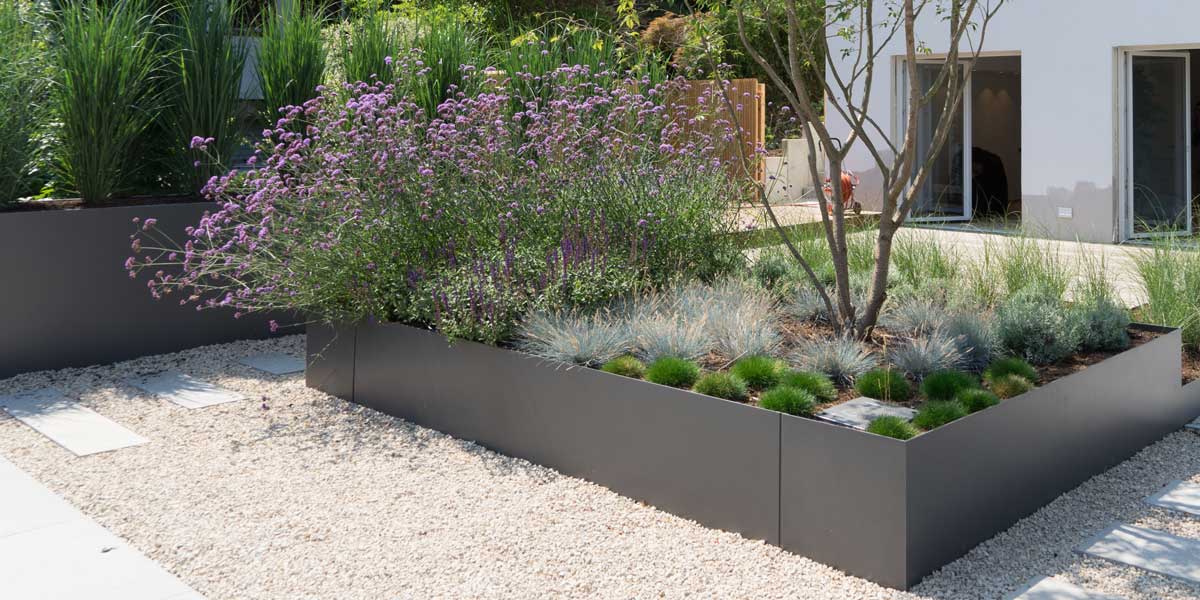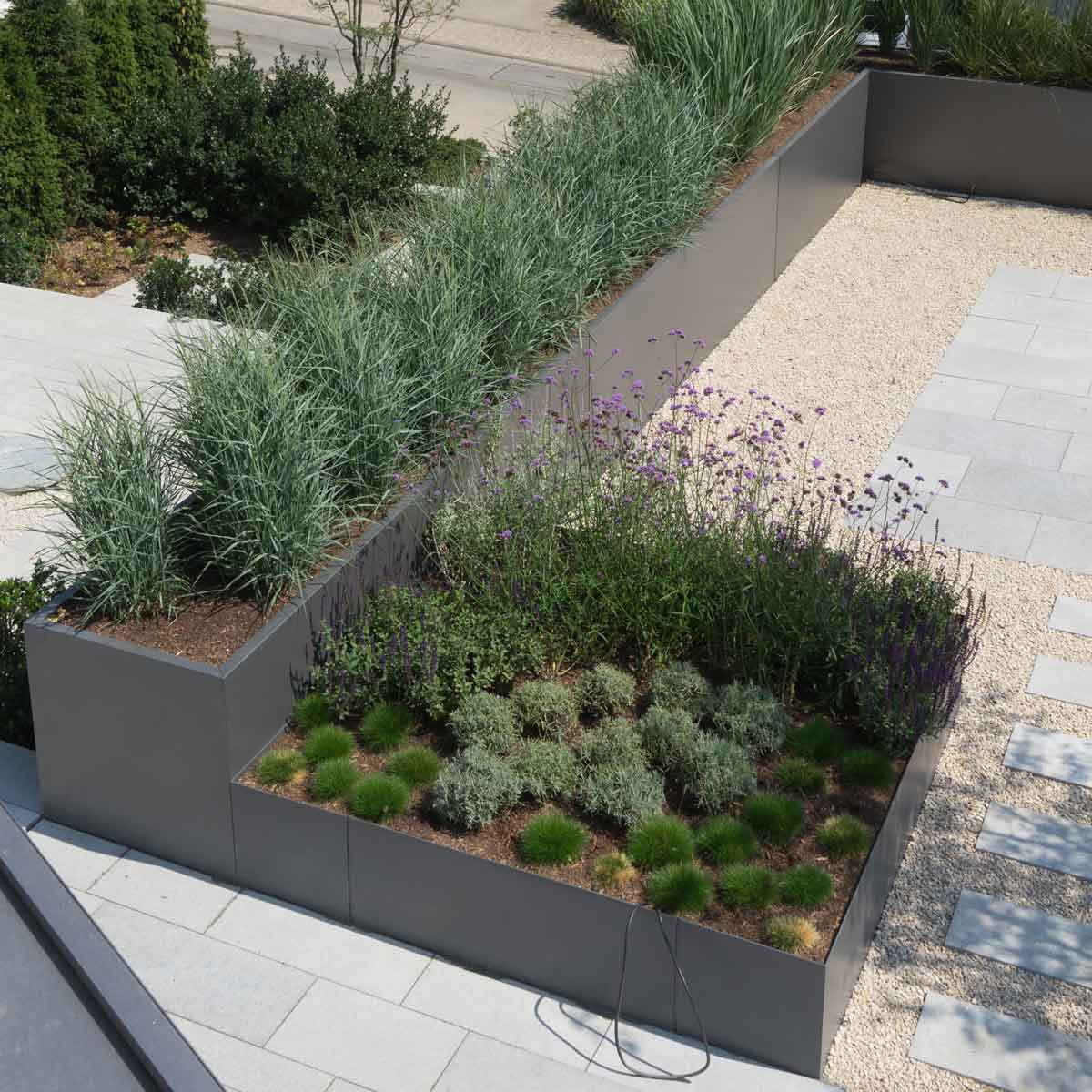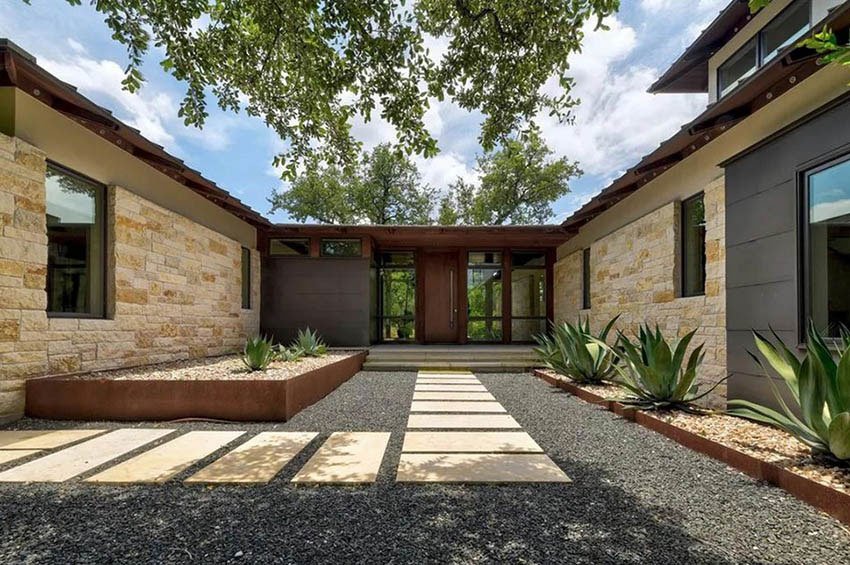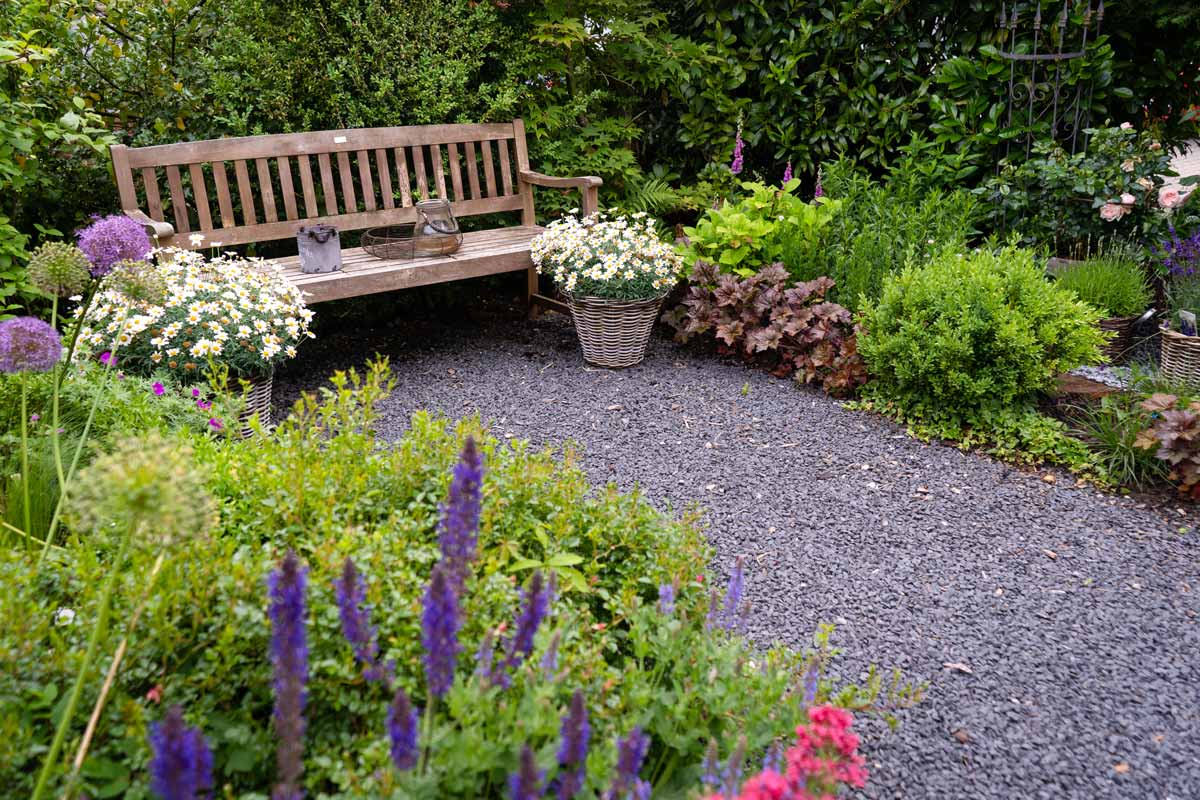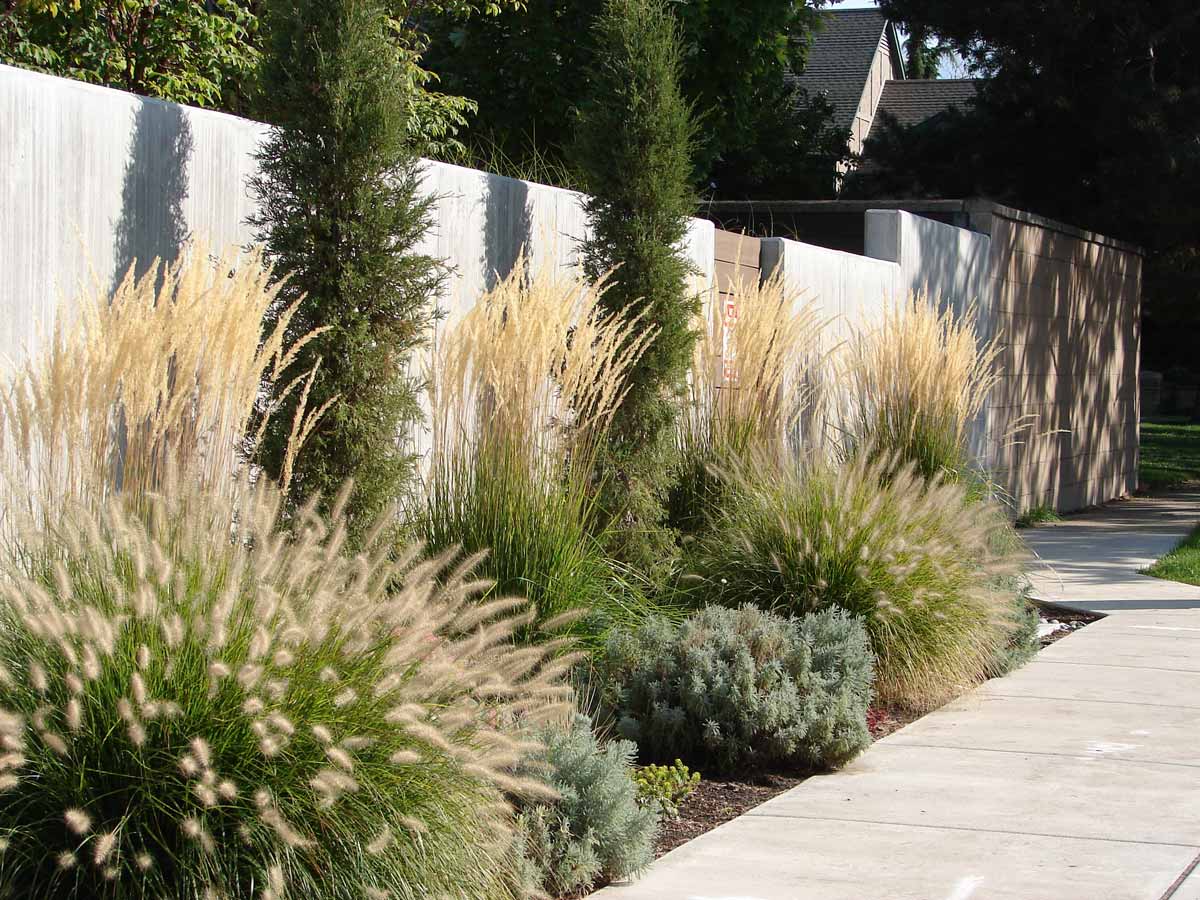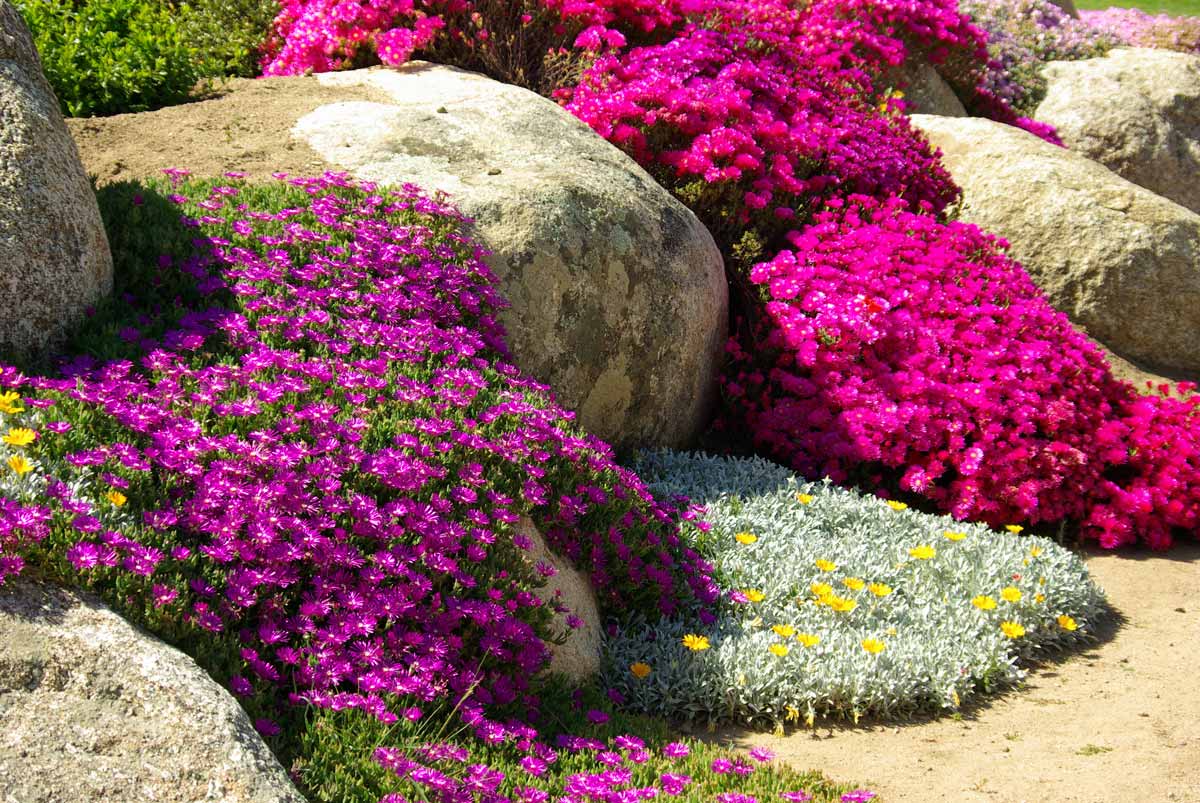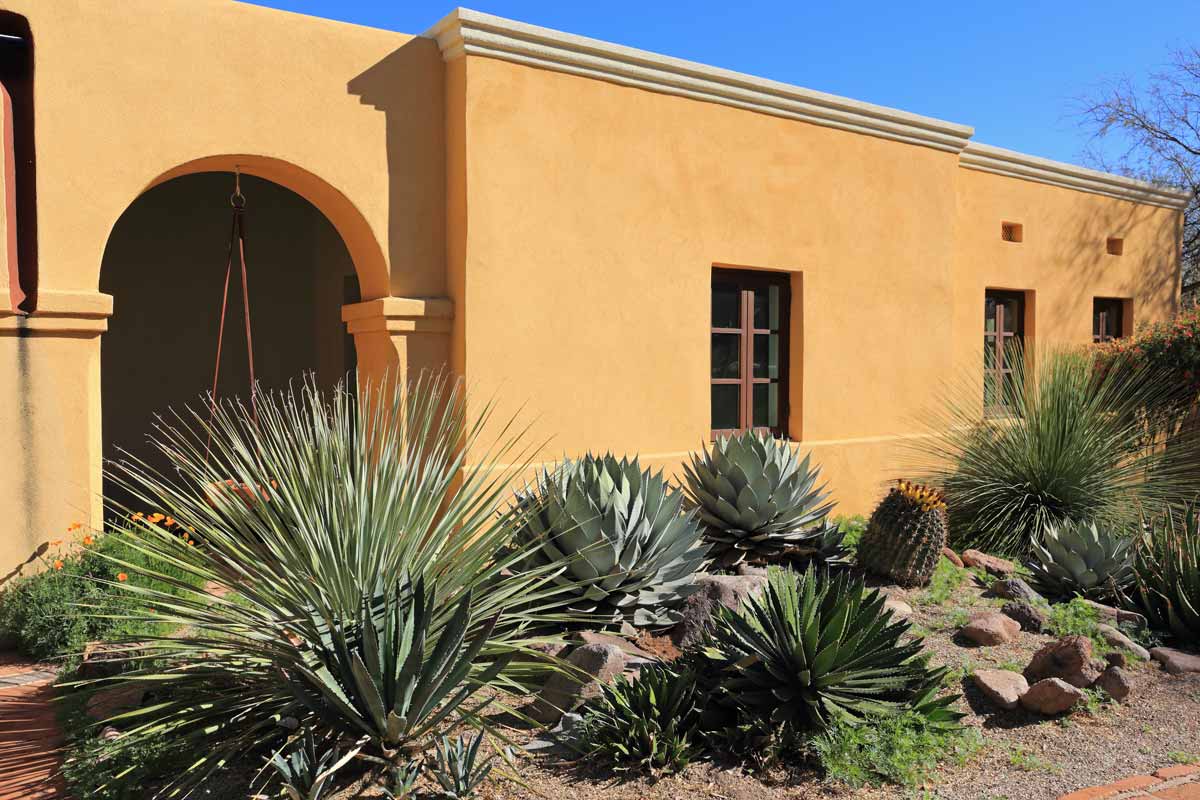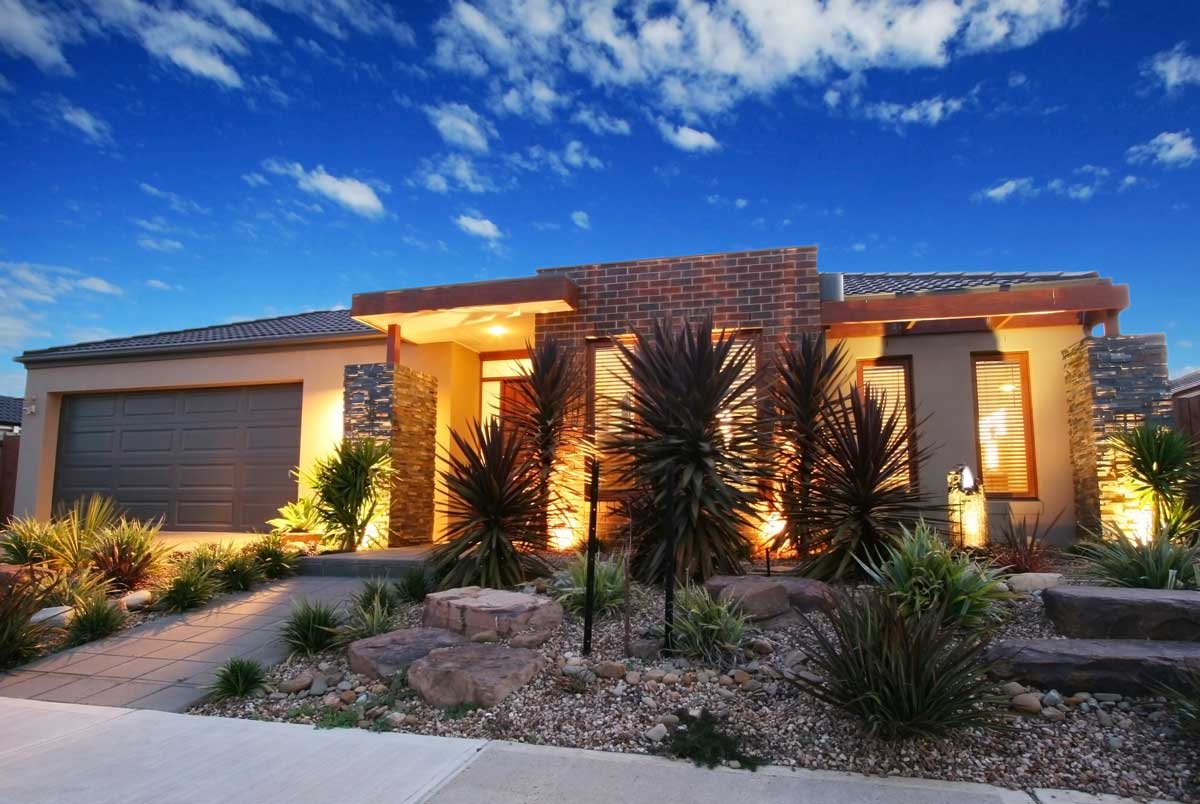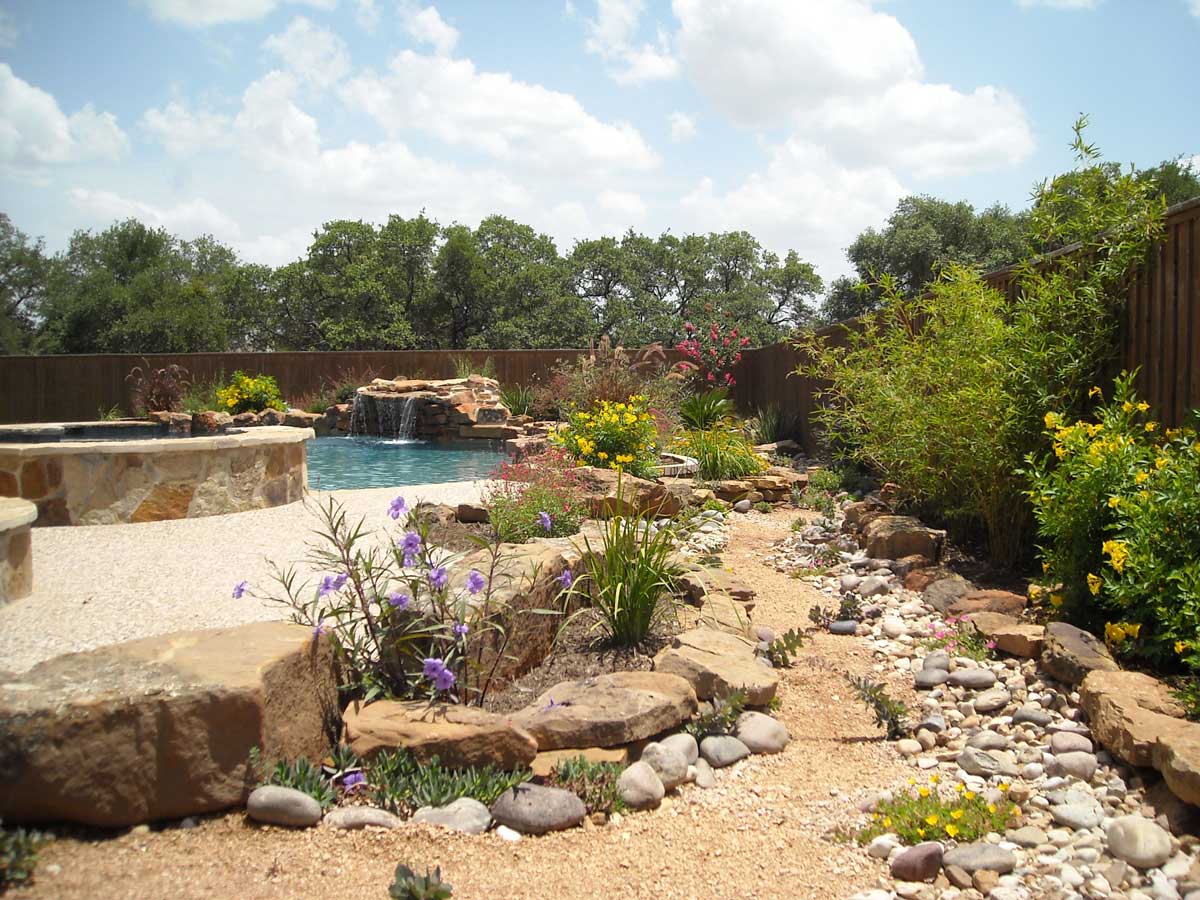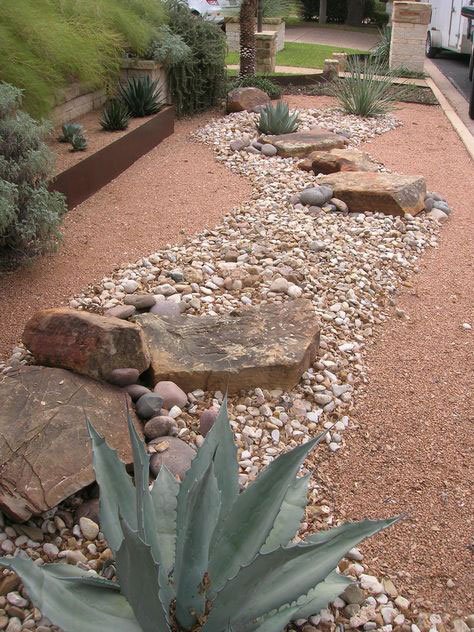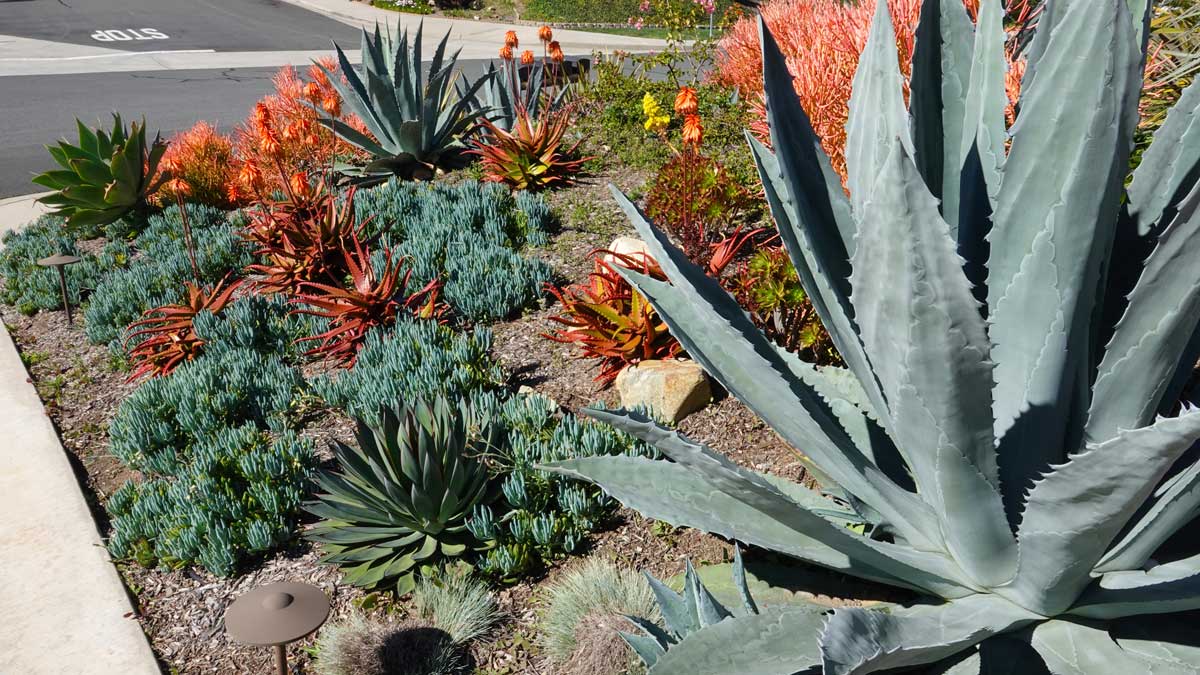Xeriscape San Antonio, TX
Looking for low maintenance and a drought resistant landscape? Xeriscape San Antonio might be the answer for you. Choosing the right combination is a combination of aesthetics and functionality. One of the bigger draws is water savings. On average a homeowner will see 50% less use of water for outdoor landscaping.
With the right xeriscape plant homeowners can reduce watering to once a week and, in some cases, only a handful of times each summer.
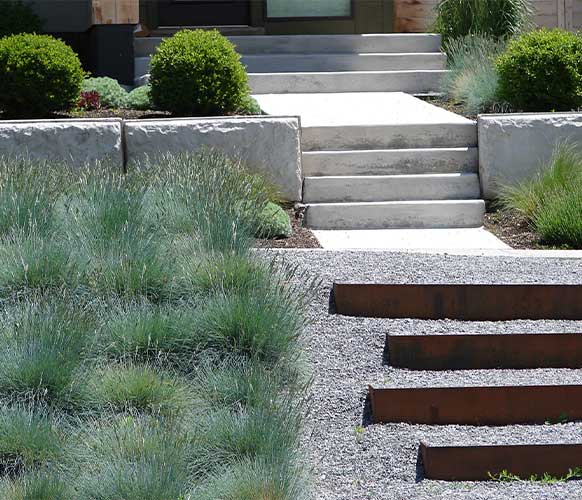
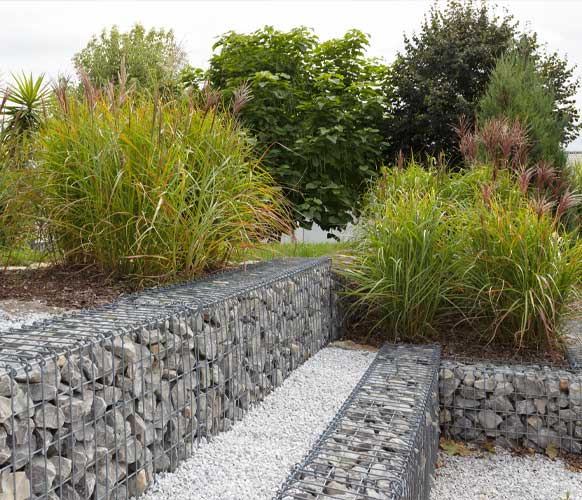
Saylee Greer can create sustainable, beautiful, and low-maintenance landscapes that thrive in the San Antonio climate. This method not only preserves water but also enhances the natural beauty and biodiversity of the region.
Elements of Xeriscape San Antonio
1. Planning and Design
Going in the direction of xeriscaping for your home begins with design and planning, with the goal of creating a yard that maximizes beauty and minimizes the use of water. This is important for the San Antonio area, as water restrictions are more common than not during the spring and summer. Consider some of the following when planning your xeriscaped yard.
- Zoning: Dividing the landscape into zones based on water needs. High-water areas, such as near the house, should be minimized, while low-water zones can occupy larger spaces.
- Site Analysis: Understanding the microclimates within the property, such as sun exposure, wind patterns, and soil types, to place plants in optimal locations.
- Functional Design: Incorporating hardships like patios, walkways, and decorative rocks to reduce water usage and maintenance.
2. Soil Improvement
Healthy soil is crucial for water conservation. In South Texas, where soil can be rocky or clayey, improving soil quality helps retain moisture and supports plant health.
- Organic Matter: Adding compost or other organic materials to improve soil structure, aeration, and water retention.
- Mulching: Using mulch to reduce evaporation, suppress weeds, and maintain even soil temperature.
3. Efficient Irrigation
Some popular practices for efficient irrigation conservation.
- Drip Irrigation: Installing drip irrigation systems that deliver water directly to the plant roots, reducing evaporation and runoff.
- Timing: Watering early in the morning or late in the evening to minimize evaporation losses.
4. Plant Selection
Picking the right plants is important to having a successful xeriscaped yard.
- Native Plants: Select native and drought-resistant plants that adapt to the local climate, such as Texas sage, yucca, and agave.
- Diverse Planting: Incorporate a variety of plants to create a resilient and visually appealing landscape.
- Low-Water Lawns: For homeowners who are set on a sodded lawn, don’t forget to select drought-resistant grass varieties like Bermuda or Zoysia or Tahoma
5. Mulching
Mulch is a key component to soil moisture and reducing water needs.
- Organic Mulch: Using organic materials like bark, wood chips, or straw to cover soil.
- Inorganic Mulch: Choose from gravel or decorative rocks for areas where organic mulch might not be suitable.
6. Limit Turf Areas
Traditional lawns require significant water. Reducing the size of turf areas or replacing them with alternatives is another form of xeriscaping.
- Groundcovers: Use of ground covers like lantana or creeping thyme are great alternatives to grass.
- Hardscaping: Non-plant elements such as gravel paths, stone patios, or wood decking or concrete are also ideal in covering large areas.
What is the cost difference between xeriscaping and landscaping?
While you may spend more money for drought resistant landscaping and plants, the water savings makes up for the up-front cost as well as the associated costs of maintenance or mowing and edging.
Xeriscaping in San Antonio, Texas can be simple. For the Texas climate, some general ideas to xeriscape include reducing the surface area or grass or turf space along installation of drought tolerant plants which essentially reduces water needs.
The design tee and experts at Sayle Greer are savvy on which plants fit the bill and your budget for xeriscaping With a good landscape professional, choosing the right native plants combined with great design, can add awe and beauty to your yard, Other popular plants for xeriscaping include cactus plants which can provide blooming flowers. Combined with other trees and shrubs, a xeriscape lawn can offer beauty and color year-round.
Contact Us
Want to learn more about how Saylee Greer can help on your project?
Contact our offices and let us know your needs.

